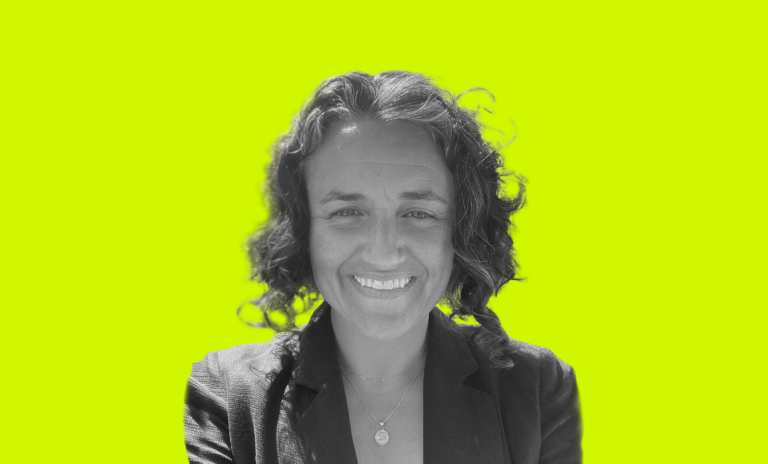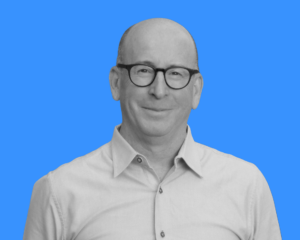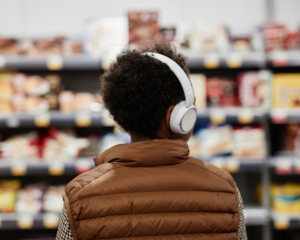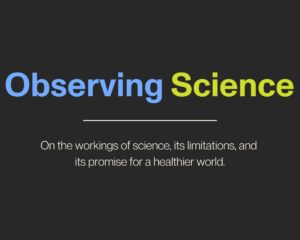Hannah Thompson
Hannah Thompson is an epidemiologist researching school- and community-based methods to decrease health disparities among youth.

Read Time: 4 minutes
Published:
Hannah Thompson is an epidemiologist who researches school- and community-based methods to decrease health disparities among youth, especially in communities at highest risk for inactivity and poor health.
Professor Hannah Thompson values schools as sites for public health interventions. Early in her career, she shared her passion for physical activity with students as a high school physical education teacher. Now, as a researcher, she evaluates school interventions “where families are, where kids are,” to improve student health.
Thompson’s work urges school health programs to focus student attention on exercise, adequate nutrition, and youth empowerment rather than outcomes like BMI or weight. School interventions have traditionally emphasized physical markers of health, rather than the larger socioemotional picture of students’ lives. Exercise, more generally, improves cardiorespiratory health and fitness, but also provides a range of socioemotional benefits, like conflict resolution, anger management, better academic performance, and better cognitive performance.
Targeting BMI reporting, which many schools and states have long used as an indicator of student health, might have unintended negative consequences. Administrators assumed that informing parents of their kids’ BMI through a letter sent home would help them normalize “abnormal” BMI. But a 2021 study found the letters did not help stave off weight gain over two years of reporting and placed the responsibility on families to change factors that influence BMI, which are factors that are often out of individual control, such as finances and environment. The research was inconclusive on the potential harms of weighing kids in schools like anti-fat bullying.
Thompson thinks it would be far more beneficial to connect school records to electronic medical records. This way, schools could access important health data for fine-tuning interventions without the potential stigma of collecting health measurements like weight at school.
Schools can also improve student health by expanding access to school meals. Since federal legislation raised nutrition standards for school meals, school lunches are typically healthier than what kids bring from home. There are many barriers to eating school lunch, however: lines are long, lunch periods are short, and students who have free or reduced-price meals may not partake if they experience stigma.
When policy changes increase or decrease access to free school meals, school meal participation follows. The temporary federal policy for all schools to provide universal free lunch and breakfast from 2020-2021 was, Thompson says, “one of the best things we can do to improve learning experiences for kids. No kid can learn if they’re hungry.”
Some states have continued the pandemic free school meals policy, while others have allowed it to expire. Thompson wants to see it extended federally. Those states that have continued offering universal free school meals will provide a natural experiment for researchers to compare student health outcomes and back further policy initiatives that improve student health.
Community-led interventions can partner with schools and researchers to great effect. Thompson recently coauthored an evaluation of a school-based spoken word intervention conducted online during COVID-19, with promising results. Youth Speaks is a San Francisco nonprofit that uses poetry and art as a vehicle for social change in a program called The Bigger Picture. The program teaches youth how social factors contribute to the high prevalence of diseases in their communities, and students write and perform poems exploring the impact of health disparities in their lives. When COVID-19 hit, the program topics shifted from Type 2 diabetes to political unrest, racial justice, police brutality, and climate change.
The students were more engaged in The Bigger Picture than with traditional online school programs. They were also better able to identify connections between social and health disparities and were activated around making change in their communities compared to control programming.
The close collaboration with community organizations like Youth Speaks is crucial to researchers like Thompson. “When you’re working with schools or nonprofits,” she says, “you need to find those community partners and make sure you’re answering questions that are important to them too.”
Photo provided



